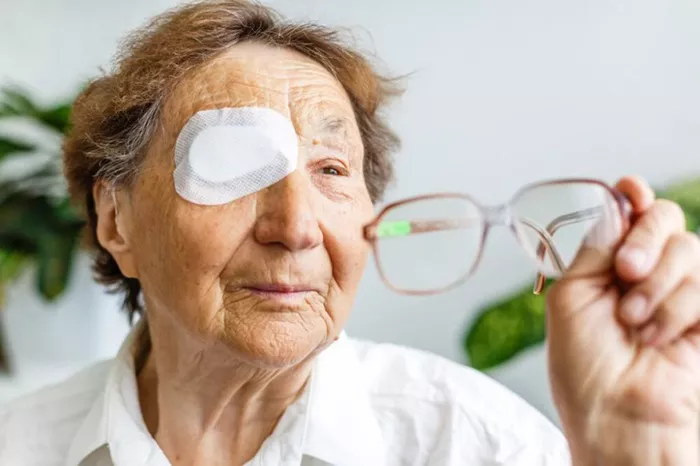Cataract surgery is a common and generally safe procedure that can significantly improve vision for those suffering from cataracts. After the surgery, many patients are eager to resume their normal activities, including travel. One of the most frequently asked questions is, “How soon can I fly after having cataract surgery?” Understanding the recovery process and the factors that influence when it is safe to fly can help patients make informed decisions about their travel plans. This article will explore the recommendations, considerations, and precautions necessary for flying after cataract surgery.
Understanding Cataract Surgery
Cataract surgery involves removing the cloudy lens of the eye and replacing it with a clear artificial lens. The procedure is typically performed on an outpatient basis, meaning patients can go home the same day. Recovery from cataract surgery is usually quick, but individual experiences may vary based on several factors.
Types of Cataract Surgery
There are two primary types of cataract surgery:
Phacoemulsification: This is the most common method where ultrasound waves break up the cloudy lens, which is then removed through a small incision.
Extracapsular Surgery: This technique involves removing the entire cloudy lens in one piece and requires a larger incision.
The type of surgery performed may influence recovery time and when a patient can safely fly.
Recovery Timeline
Most patients experience significant improvement in vision within a few days post-surgery. However, complete healing may take several weeks. The typical recovery timeline includes:
First 24 Hours: Patients should rest and avoid strenuous activities.
First Week: Vision stabilizes, but some blurriness may persist.
4 to 6 Weeks: Full recovery occurs, with vision returning to normal levels.
When Can You Fly After Cataract Surgery?
General Guidelines
According to various medical authorities and ophthalmologists, it is generally safe to fly 24 hours after cataract surgery. The Civil Aviation Authority advises that flying shortly after this procedure does not pose risks to recovery as long as patients feel comfortable and have consulted with their eye care provider.
Factors Influencing Flight Readiness
Several factors can influence when a patient can safely fly after cataract surgery:
Individual Healing Process: Each patient heals at their own pace. Some may feel ready to fly sooner than others.
Type of Surgery: As mentioned earlier, different surgical techniques may lead to varying recovery times.
Post-operative Symptoms: Patients experiencing significant discomfort or visual disturbances should delay travel until cleared by their ophthalmologist.
Follow-up Appointments: It is advisable to wait until after the first post-operative check-up before flying to ensure there are no complications.
Airline Regulations
While most airlines allow passengers who have undergone cataract surgery to fly within 24 hours, it is essential to check specific airline policies before booking a flight. Some airlines may have additional requirements or recommendations for recent surgical patients.
Precautions for Flying After Cataract Surgery
Even if flying shortly after cataract surgery is deemed safe, there are several precautions patients should take:
1. Hydration
Airplane cabins tend to have low humidity levels, which can lead to dry eyes. Patients should drink plenty of water before and during the flight to stay hydrated.
2. Eye Drops
Using lubricating eye drops can alleviate dryness and discomfort during the flight. Patients should pack a new bottle of preservative-free eye drops in their carry-on luggage.
3. Sunglasses
Bright cabin lights and sunlight entering through windows can cause discomfort after surgery. Wearing sunglasses can help reduce glare and protect sensitive eyes from bright light.
4. Medication Management
Patients should ensure they have enough prescribed medications, including any eye drops needed post-surgery, for the duration of their trip.
5. Avoid Rubbing Eyes
It’s crucial not to rub or touch the eyes during air travel, as this can introduce bacteria and increase the risk of infection.
Potential Risks of Flying After Cataract Surgery
While flying post-cataract surgery is generally safe, there are potential risks that patients should be aware of:
1. Changes in Cabin Pressure
Although changes in cabin pressure do not typically harm healing eyes post-cataract surgery, other types of eye surgeries (like retinal detachment) may require longer waiting periods before flying due to potential complications.
2. Discomfort from Dry Air
As mentioned earlier, the dry air in airplane cabins can cause discomfort for recently operated eyes. Patients should take proactive measures to manage this issue.
3. Visual Disturbances
Some patients may experience temporary visual disturbances such as blurriness or halos around lights after surgery. If these symptoms persist or worsen during a flight, it is advisable to seek medical attention as soon as possible.
Conclusion
Flying after cataract surgery is typically safe within 24 hours for most patients; however, individual circumstances must be considered. Consulting with an ophthalmologist before making travel plans ensures that patients are ready for air travel without compromising their recovery process.
By taking necessary precautions such as staying hydrated, using lubricating eye drops, wearing sunglasses, and managing medications effectively, patients can enjoy their travels while safeguarding their eye health post-surgery.
For those planning air travel shortly after cataract surgery, it is essential to listen to your body and follow your doctor’s advice closely to ensure a smooth and enjoyable journey.
Related topic:
Does Removal Of Cataracts Improve Vision?
What Are The Best Lens For Cataract Surgery?
How Long Does Eye Swelling Last After Cataract Surgery?

